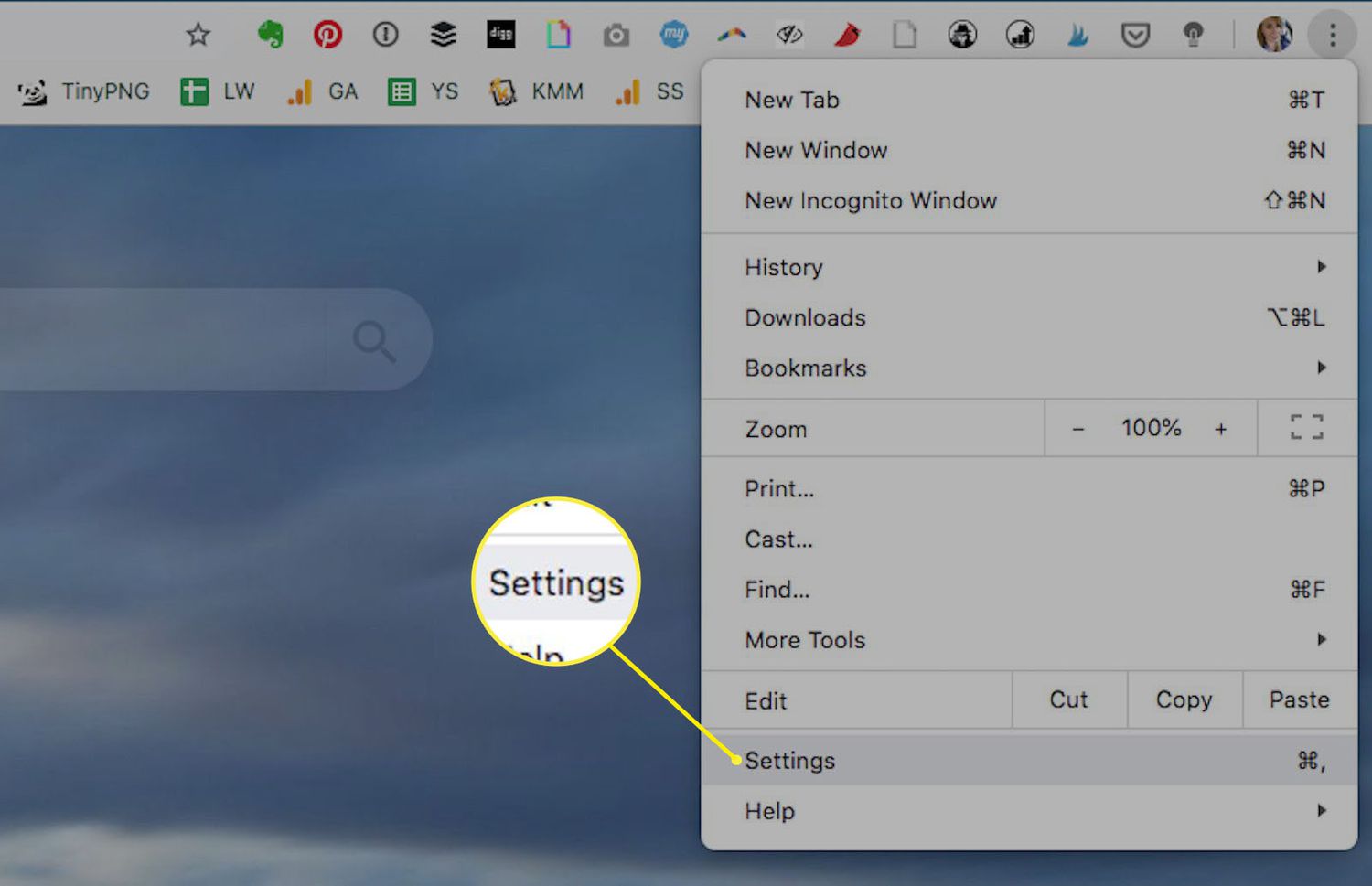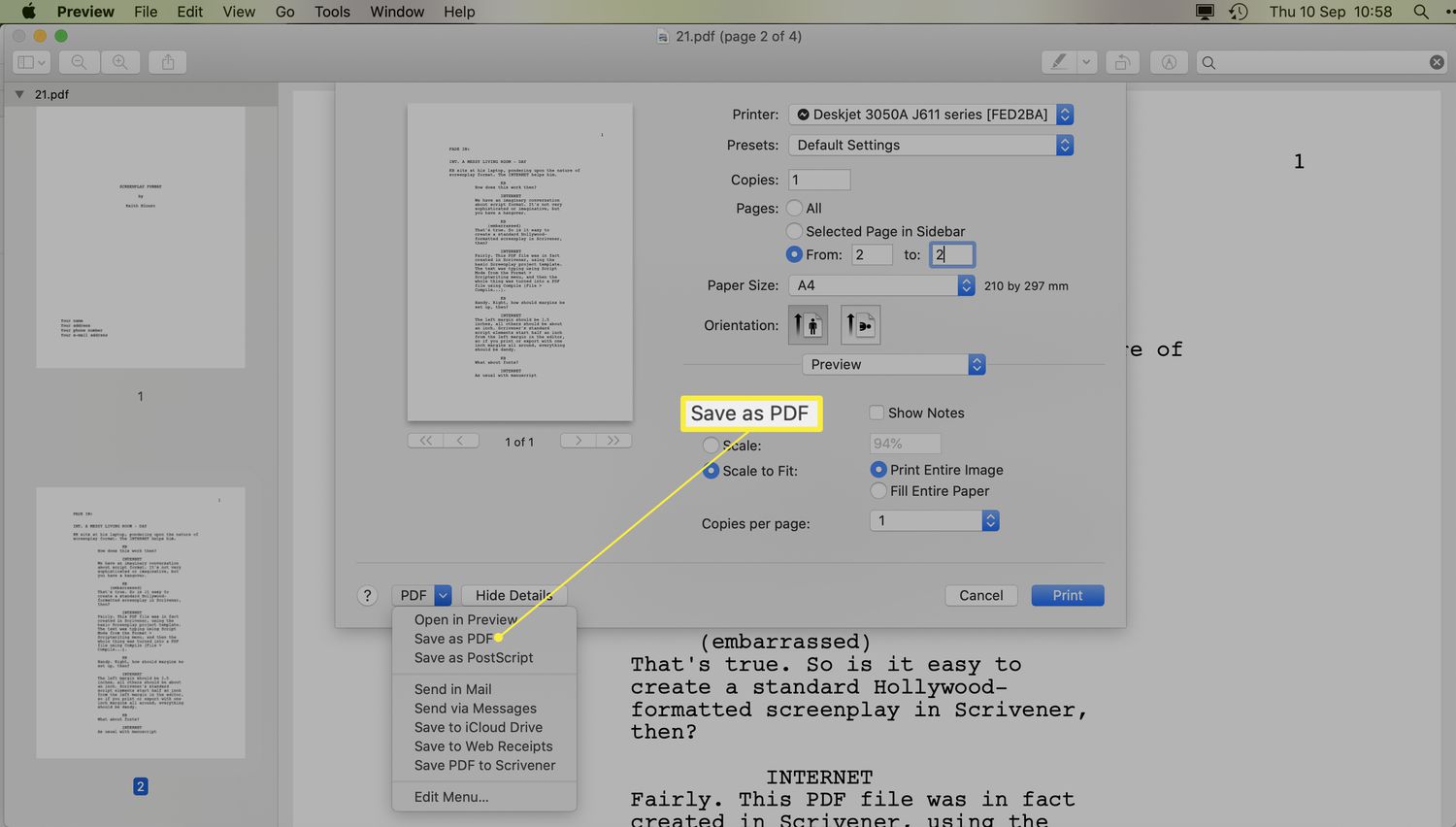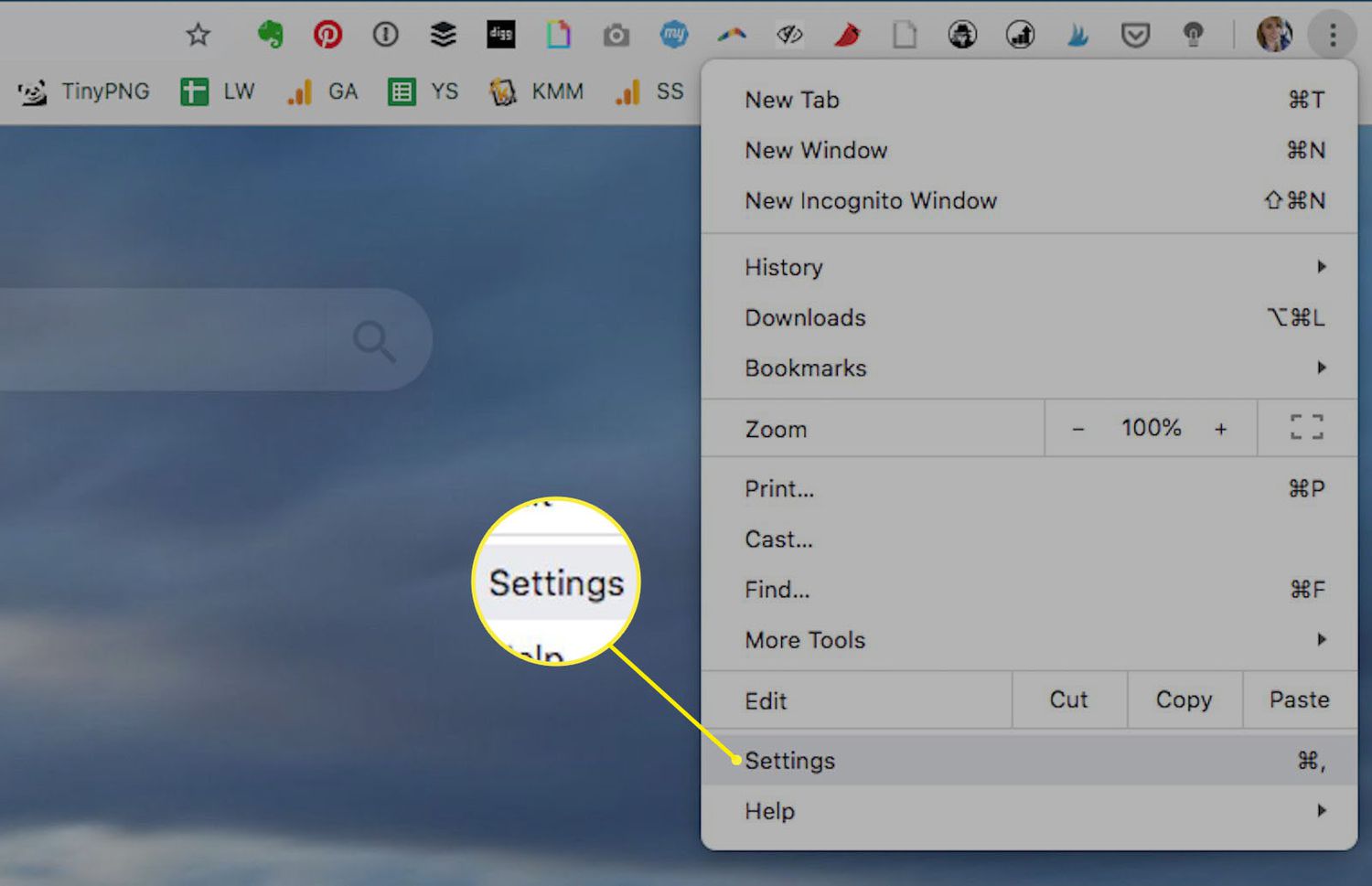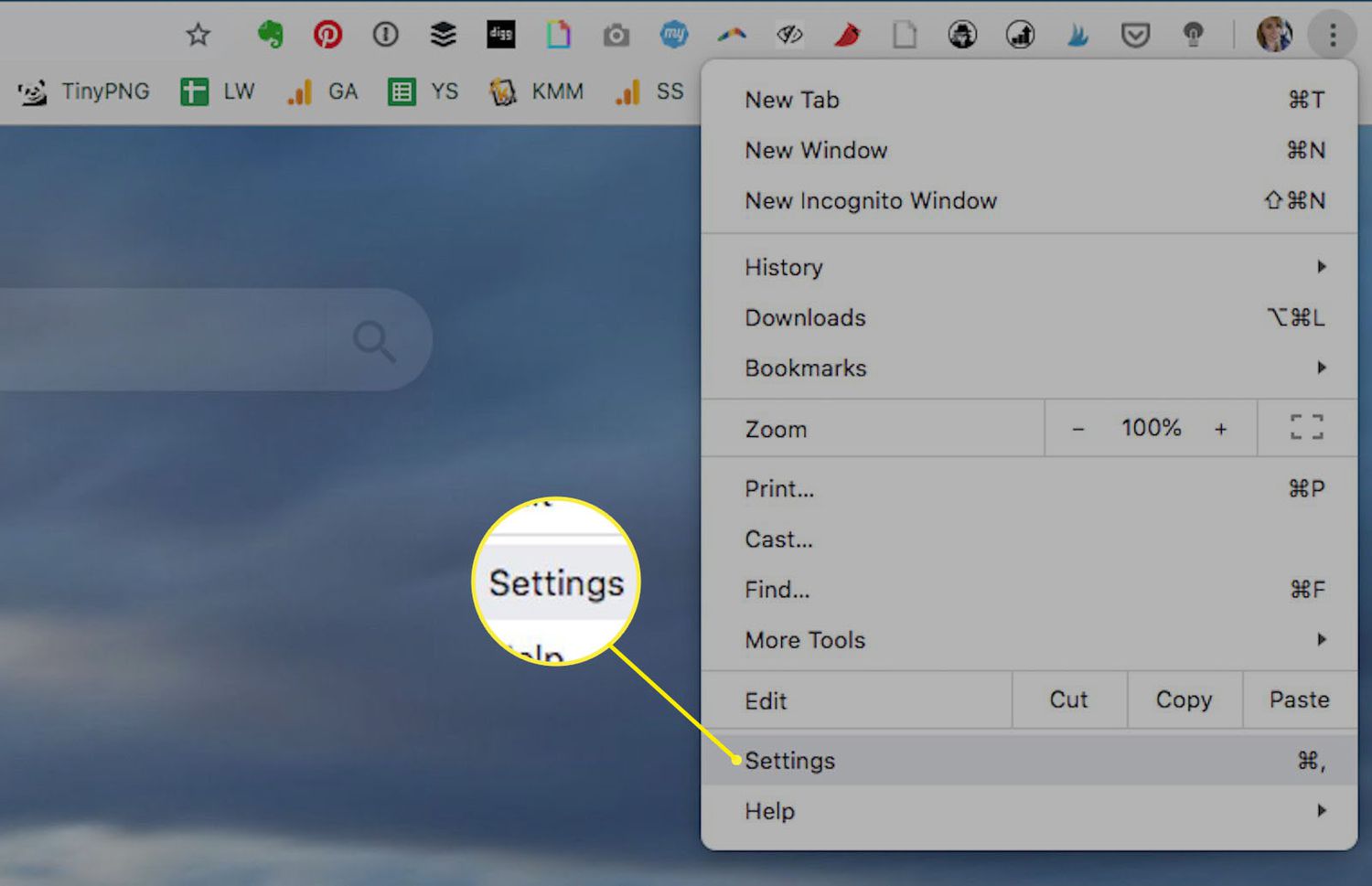Introduction
Editing PDF files is a common task for many individuals and professionals. While PDFs are widely used for their compatibility and security features, they can be challenging to edit without the right tools. Fortunately, Google Chrome offers several convenient methods for editing PDFs directly within the browser. Whether you need to make minor text revisions, add annotations, or merge multiple PDFs, Chrome provides versatile solutions to streamline the editing process.
In this article, we will explore three effective methods for editing PDFs in Chrome. First, we will delve into utilizing Chrome's built-in PDF viewer, which offers basic editing capabilities. Next, we will discuss leveraging Chrome extensions specifically designed for PDF editing, providing advanced features and customization options. Finally, we will explore the option of converting PDFs to Google Docs for seamless editing within the Google ecosystem.
By the end of this guide, you will have a comprehensive understanding of how to edit PDFs in Chrome, empowering you to efficiently manage and modify your PDF documents without the need for external software or complex workflows. Let's dive into the first method: using Chrome's built-in PDF viewer to perform basic editing tasks.
Method 1: Using Chrome's Built-in PDF Viewer
Google Chrome's built-in PDF viewer provides a convenient and user-friendly platform for performing basic editing tasks on PDF documents. This integrated feature eliminates the need for external software, allowing users to seamlessly modify PDFs directly within the browser. Here's how you can leverage Chrome's built-in PDF viewer to edit your PDF files:
1. Opening PDF Files
When you encounter a PDF file while browsing the web, Chrome automatically utilizes its built-in PDF viewer to display the content. Alternatively, you can open a PDF file saved on your computer by dragging and dropping it into a new Chrome tab or by using the "Ctrl + O" (Windows) or "Command + O" (Mac) keyboard shortcut to navigate to the file location.
2. Basic Editing Functions
Chrome's PDF viewer offers essential editing functions, such as highlighting text, adding comments, and drawing shapes. To access these features, simply right-click on the PDF content and select the desired editing tool from the context menu. For instance, you can highlight important passages, insert comments for collaboration, or draw shapes to emphasize specific elements within the document.
3. Saving Edited PDFs
After making the necessary edits, you can save the modified PDF directly from Chrome. Click on the download icon within the PDF viewer, and choose a location on your computer to save the edited file. This streamlined process ensures that your changes are preserved without the need for additional software or complex export procedures.
4. Printing Edited PDFs
If you need a physical copy of your edited PDF, Chrome's built-in PDF viewer allows you to print the document with ease. Simply click on the print icon within the PDF viewer, configure the print settings according to your preferences, and select the printer to generate a hard copy of the edited PDF.
By utilizing Chrome's built-in PDF viewer, users can efficiently perform basic editing tasks without relying on external software or specialized tools. This method offers a straightforward approach to making quick modifications, adding annotations, and highlighting important content within PDF documents. However, for users seeking more advanced editing features and customization options, Chrome extensions tailored for PDF editing provide a compelling alternative, which we will explore in the next section.
Method 2: Using Chrome Extensions
When it comes to advanced PDF editing capabilities, Chrome extensions offer a diverse range of tools and features to cater to specific editing requirements. These extensions are designed to seamlessly integrate with Chrome, enhancing the browser's functionality and empowering users with powerful PDF editing capabilities. Let's delve into the world of Chrome extensions tailored for PDF editing and explore how they can elevate your editing experience.
Exploring Chrome Web Store
The Chrome Web Store serves as a rich repository of extensions, including a plethora of options dedicated to PDF editing. By navigating to the Chrome Web Store and searching for "PDF editor" or related keywords, users can discover a myriad of extensions designed to modify, annotate, and manipulate PDF documents. From comprehensive editing suites to specialized annotation tools, the Chrome Web Store offers a diverse selection of extensions to cater to various editing needs.
Selecting the Right Extension
Choosing the most suitable extension for your PDF editing tasks is crucial. Consider factors such as user ratings, reviews, and the specific features offered by each extension. Some extensions may focus on advanced editing functionalities, such as text manipulation and image insertion, while others may prioritize collaborative features, enabling seamless document sharing and real-time annotations. By evaluating the unique capabilities of each extension, users can select the one that aligns with their editing requirements and workflow preferences.
Installing and Integrating Extensions
Once a suitable PDF editing extension is identified, the installation process is straightforward. With a few clicks, users can add the chosen extension to their Chrome browser, seamlessly integrating it into their editing toolkit. Upon installation, the extension's features become readily accessible within Chrome, empowering users to initiate advanced editing tasks directly within the browser environment.
Leveraging Advanced Editing Features
Chrome extensions tailored for PDF editing often offer an array of advanced features, including text editing, page manipulation, form filling, and digital signature capabilities. These features enable users to perform intricate modifications, such as altering text content, rearranging pages, completing interactive forms, and applying digital signatures for document authentication. The intuitive interfaces of these extensions streamline the editing process, ensuring a user-friendly experience while harnessing powerful editing functionalities.
Enhancing Productivity and Collaboration
Beyond individual editing tasks, PDF editing extensions in Chrome facilitate seamless collaboration and productivity enhancements. Users can share edited PDFs, invite collaborators to review and annotate documents, and engage in real-time discussions within the browser environment. These collaborative features foster efficient teamwork and enable stakeholders to collectively contribute to the editing process, ultimately enhancing productivity and document refinement.
By leveraging Chrome extensions tailored for PDF editing, users can elevate their editing capabilities, unlock advanced features, and streamline collaborative workflows within the familiar Chrome browser environment. The diverse array of extensions available in the Chrome Web Store caters to a wide spectrum of editing needs, empowering users to customize their PDF editing experience and achieve precise modifications with ease. Whether it's comprehensive editing suites or specialized annotation tools, Chrome extensions offer a versatile ecosystem for enhancing PDF editing capabilities directly within the browser.
This method provides a compelling alternative for users seeking advanced editing features and customization options beyond the basic functionalities offered by Chrome's built-in PDF viewer. However, for those who prefer seamless integration with the Google ecosystem, the next method explores the option of converting PDFs to Google Docs for streamlined editing within the Google environment.
Method 3: Converting PDF to Google Docs
Converting PDF documents to Google Docs offers a seamless transition from static PDF files to dynamic, collaborative editing within the Google ecosystem. This method enables users to harness the powerful editing capabilities of Google Docs while preserving the original content and layout of the PDF. Here's a detailed exploration of the process and benefits of converting PDFs to Google Docs.
Leveraging Google Drive
Google Drive serves as the central hub for managing files and documents within the Google ecosystem. To initiate the conversion process, users can upload the PDF file to Google Drive by simply dragging and dropping it into the designated area or using the "New" button to upload the file from their computer. Once the PDF is uploaded to Google Drive, users can seamlessly access it across devices and initiate the conversion to Google Docs.
Converting PDF to Google Docs
Upon uploading the PDF to Google Drive, users can right-click on the PDF file, navigate to the "Open with" option, and select "Google Docs." This action triggers the conversion process, transforming the PDF into a Google Docs format while retaining the original content, formatting, and images. The converted Google Docs file inherits the collaborative features and editing functionalities of Google Docs, empowering users to modify the document with ease.
Editing Capabilities in Google Docs
Once the PDF is converted to Google Docs, users gain access to a myriad of editing capabilities offered by Google Docs. These include text editing, formatting options, image insertion, collaborative commenting, and real-time collaboration with multiple users. The familiar interface and intuitive tools of Google Docs facilitate seamless modifications, enabling users to refine the content, structure, and visual elements of the document.
Collaborative Workflows
By converting PDFs to Google Docs, users can leverage the collaborative power of Google Docs to streamline teamwork and document refinement. Multiple users can simultaneously edit the document, add comments, suggest revisions, and engage in real-time discussions, fostering efficient collaboration and ensuring that the document evolves in a collaborative environment.
Seamless Integration with Google Ecosystem
The conversion of PDFs to Google Docs aligns with the broader Google ecosystem, enabling seamless integration with other Google services such as Gmail, Google Sheets, and Google Slides. This integration facilitates streamlined workflows, allowing users to incorporate the converted Google Docs into presentations, reports, and communications within the Google environment.
By converting PDFs to Google Docs, users can seamlessly transition from static PDF files to dynamic, collaborative documents within the Google ecosystem. This method empowers users to harness the robust editing capabilities of Google Docs while preserving the original content and layout of the PDF, ultimately enhancing productivity and collaborative workflows within the familiar Google environment.
Conclusion
In conclusion, Google Chrome provides versatile and user-friendly methods for editing PDF documents directly within the browser environment. By leveraging Chrome's built-in PDF viewer, users can perform basic editing tasks such as highlighting text, adding comments, and saving or printing edited PDFs with ease. This integrated feature eliminates the need for external software, offering a streamlined approach to making quick modifications and annotations within PDF files.
Furthermore, Chrome extensions tailored for PDF editing offer a diverse range of advanced features, empowering users to perform intricate modifications, collaborate seamlessly, and enhance productivity within the familiar Chrome browser environment. Whether it's comprehensive editing suites or specialized annotation tools, the Chrome Web Store hosts a myriad of extensions that cater to specific editing requirements, providing users with a customizable ecosystem for elevating their PDF editing capabilities.
Additionally, the option of converting PDFs to Google Docs presents a seamless transition from static PDF files to dynamic, collaborative documents within the Google ecosystem. This method enables users to harness the powerful editing capabilities of Google Docs while preserving the original content and layout of the PDF, ultimately enhancing productivity and collaborative workflows within the familiar Google environment.
By exploring these three methods, users can effectively manage and modify their PDF documents without the need for external software or complex workflows. Whether it's performing basic edits using Chrome's built-in PDF viewer, unlocking advanced features through Chrome extensions, or seamlessly transitioning PDFs to Google Docs for collaborative editing, Google Chrome offers a comprehensive toolkit for addressing diverse PDF editing needs.
In essence, the seamless integration of PDF editing capabilities within Google Chrome empowers users to streamline their editing workflows, collaborate efficiently, and achieve precise modifications with ease. Whether it's for personal, academic, or professional purposes, the diverse methods for editing PDFs in Chrome cater to a wide spectrum of user requirements, ensuring a seamless and productive editing experience directly within the browser environment.
























